Common Tree Issues to Look Out for

To keep your trees healthy it is recommended to have your tree assessed by an ISA Certified Arborist every year. They are able to spot issues that a homeowner may miss. Below are some common issues to intercept before they become costly problems for your trees.
Structural
Trees may have natural structural issues or may develop them in response to stress or other factors. Aside from breaking and falling limbs, trees can also develop instabilities in the root system.
Physical damage
Everything from nearby landscape maintenance to reckless driving can be a source of physical damage to a tree. Generally, the more damage is done to the bark and the layers just underneath it, the more impact damage will have on a tree’s health.
While trees cannot “heal” in the same way that animals can, there are ways that trees respond to wounds and can minimize the internal damage. A tree’s wound response does not usually need human intervention, and applying wraps or compounds is not usually necessary or advised.
Weather/Environment
North Texas is known for unpredictable, and often severe, weather. Storms, droughts, freezes, and high winds are just a few of the weather events we are used to. Properly preparing trees for the weather, and dealing with the effects of severe events is an important part of caring for trees.
Insects/Pests
Depending on the species, age, and location of a tree, it may be a target for many different insects, arachnids, and other pests. Some that are comon in North Texas are:
- Aphids
- Bagworm
- Pecan phylloxera
- Emerald ash borer – a recent arrival to North Texas, but a serious threat to ash trees
- Cankerworm
- Twig girdler
Diseases/fungi
As with pests, a tree’s susceptibility to disease depends on several factors. Some of the common North Texas tree diesases are:
- Oak wilt
- Chlorosis
- Fungal activity
- Oak leaf blister
- Oak decline
- Leaf spot
- Chinese pistache fungal affliction
Cycle of decline
No matter the particular type, all trees suffer from stress, pest activity, and potential for diseases. The factors contributing to a tree’s ability to recover from stress, damage, or infection range from the weather at a given moment to the genetic makeup of the particular tree.
Trees with certain underlying predispositions may react very differently to stress when compared to trees without those underlying factors.
Trees that have suffered recent damage may be less able to fight off an infection.
When considering the health of a tree, it is important to keep in mind the “cycle of decline,” the recurrent effect of internal and external factors have on a tree’s ability to maintain vigor and health.
Physical damage or poor soil conditions do not only have an immediate effect on a tree’s health, but factor in whenever a new stressor presents itself.
Failure to address these factors can hasten tree decline and death.
Additional Resources
The International Society of Arboriculture has guide of Tree Hazards
At Texas Tree Surgeons, we love trees and we love our community! We hope this blog on common tree issues will help prevent tree failure. We have additional resources on our North Texas Tree Owner’s Guide. If you would like immediate assistance with your trees please contact us today.
North Texas Tree Owner’s Guide
Related Blogs
Similar blogs related to this topic


Kretzchmaria | Fungal Disease
There are a wide variety of different fungal species that can live in the soil around trees. Some are beneficial, and are part of a healthy soil ecosystem. Others, however, like Kretzchmaria also known as…
Read more
10 Signs Your Trees Needs an Assessment
Trees are an integral part of our landscapes, providing ecological benefits, beauty, and shade. In an urban environment trees need professional care to ensure they remain healthy and safe. Don’t wait till there are signs…
Read more

What are Common Problems Effecting Live Oaks?
Live oaks are often found adorning yards with their sprawling branches and lush foliage. However, like any living organism, they can encounter various problems that can affect their health and longevity. Below are some common…
Read more
